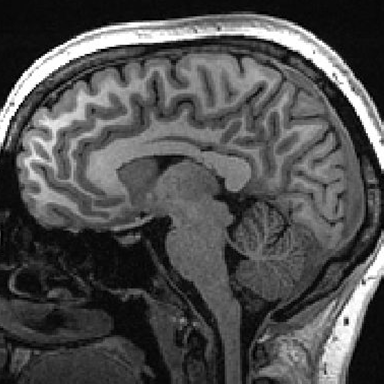ABOUT

The GARD Lab investigates how environments shape the developmental of health and wellbeing through social and neurobiological mechanisms.
Research Areas
Environmental Effects on Neurobehavioral Development


Where we live shapes the development of our brains, bodies, and behaviors. We study many features of our environment such as financial strain, neighborhood safety, social relationships, and air and water quality. Using data collected with community members and families, we study how these environmental factors impact how we think, respond to stress, and process emotions. Some examples of research questions include:
Does experiencing frequent income changes make you more resilient to stress?
How does your brain help you in understanding social cues, such as facial expressions, and in forming relationships with your neighbors and family?
Population Neuroscience: Research that Represents Us


One significant challenge in research is that the people involved don’t always reflect the larger population. This is particularly true when studying things like brain imaging and other biological data. In the past, certain groups, like people from different racial or ethnic backgrounds or those with fewer resources, were left out of research.
Population Neuroscience is a field that tries to fix this by making sure more kinds of people are included in studies. If we don’t make changes, then we won’t know how people from all communities develop and thrive.
In our lab, we are looking at who gets to be part of neuroscience studies and seeing if there are any differences. Second, we’re trying to make research more inclusive by working with people from the community. We talk to community members and leaders in focus groups and interviews to get their input on what kind of studies should be done and how.
Neural Markers of Risk and Resilience

Our thoughts, emotions, and memories are shaped by the environment we encounter. These surroundings can directly affect the way our brains grow and function. Even when two individuals share similar life experiences, their responses may differ, as reflected in distinct brain patterns. Identifying these brain patterns associated with risk and resilience could help us recognize our strengths. We can then use this knowledge to support everyone’s needs by enhancing prevention and intervention programs.
Research Techniques
How do we actually do the research?
Our research involves studying children, adolescents, and families by using both existing data and collecting new information. Data collection methods include interviews, cognitive and behavioral assessments, observations of social interactions, and assessments of environmental factors. Additionally, we gather data from the city and state, such as information about green spaces and crime rates. We also use biological samples like saliva and blood to measure factors like stress hormones, as well as MRI scans to examine brain development.
It’s important to emphasize that participation in any aspect of our studies is entirely optional. You can ask us any questions you have, and you have the right to change your mind at any time. You can have your samples returned after participation. Otherwise, your data will be kept anonymous to protect your privacy, and all data is destroyed after the research is complete.